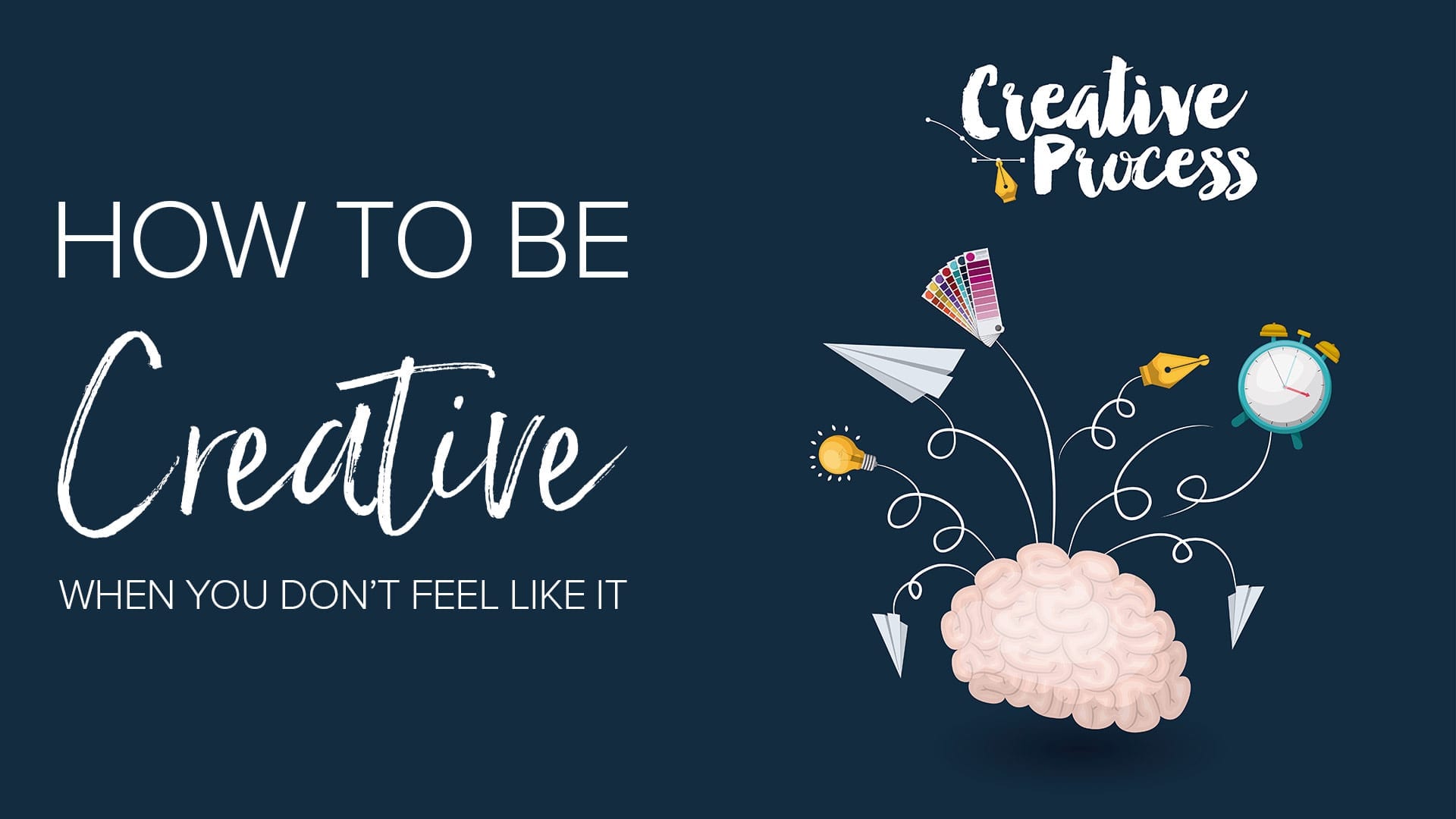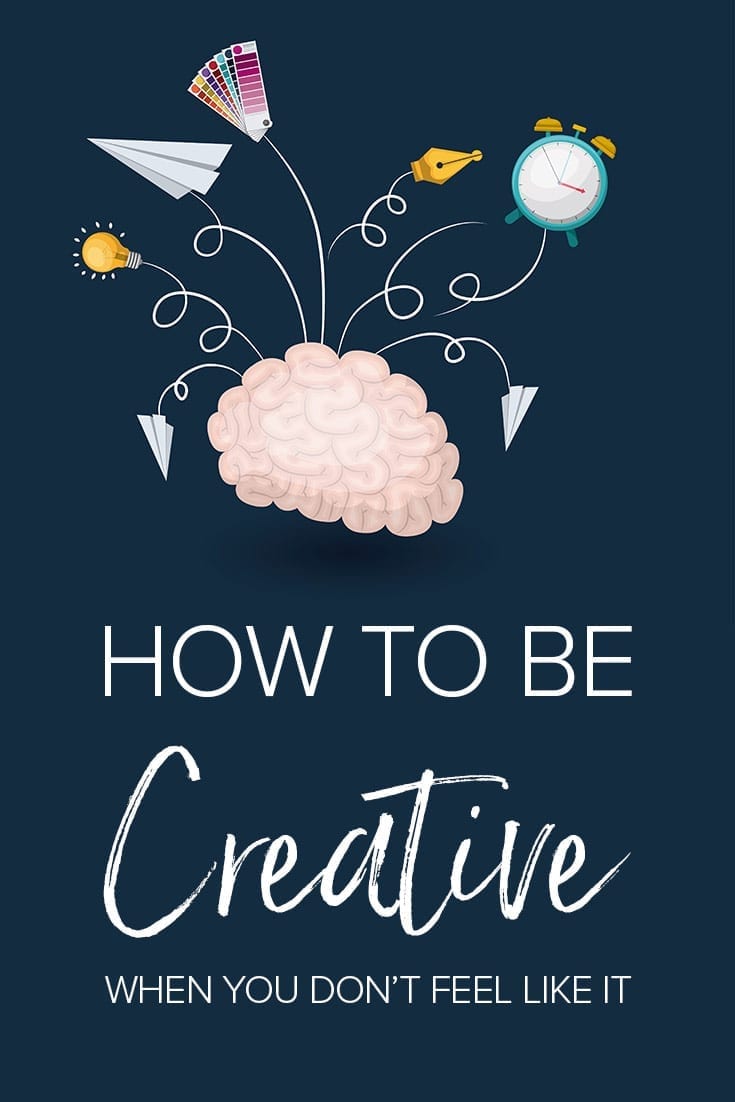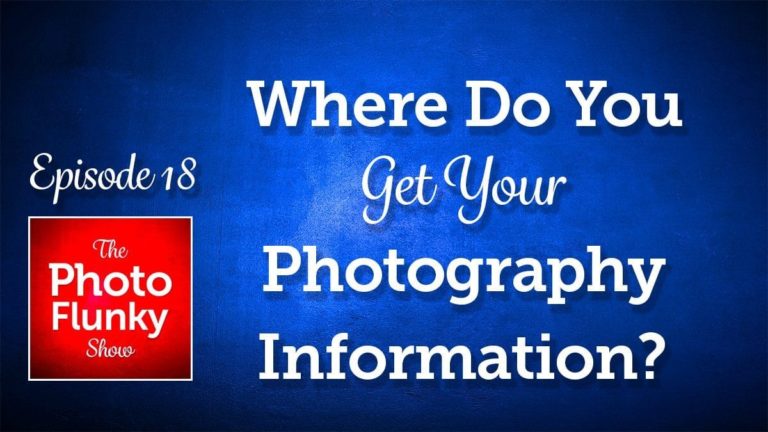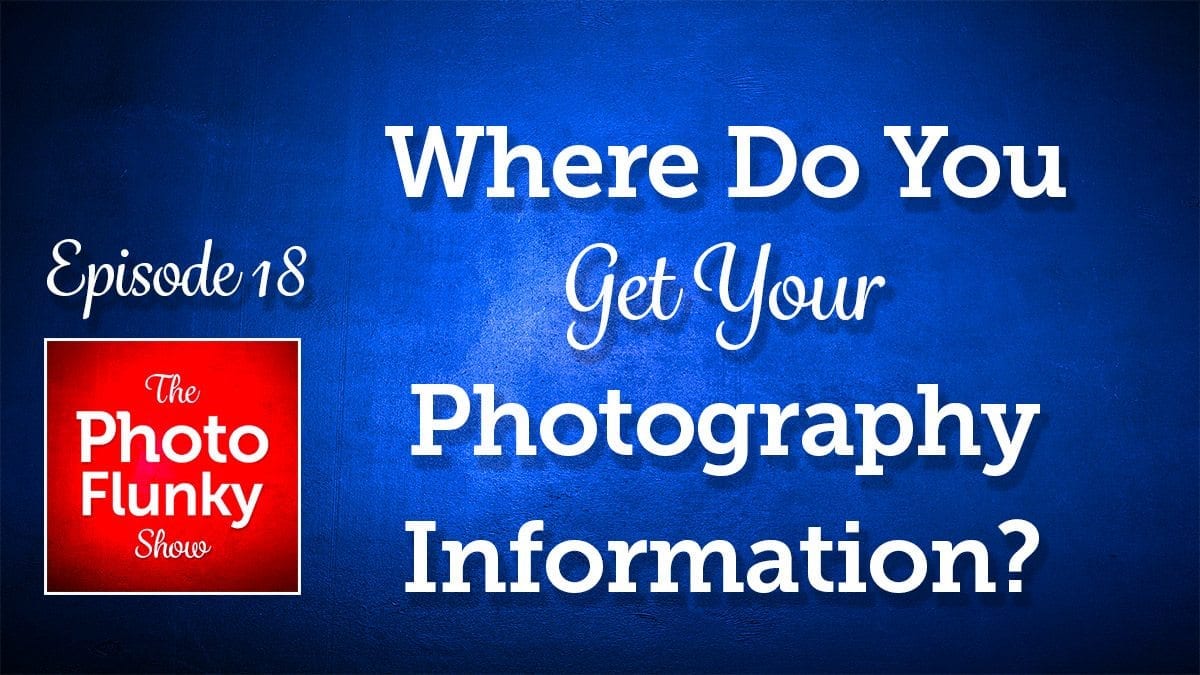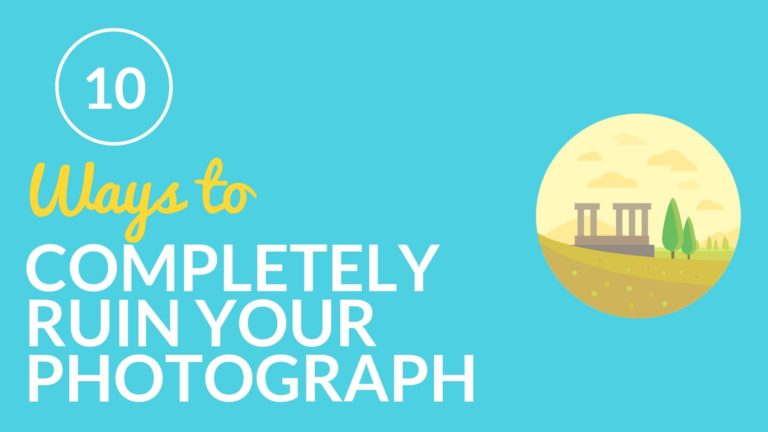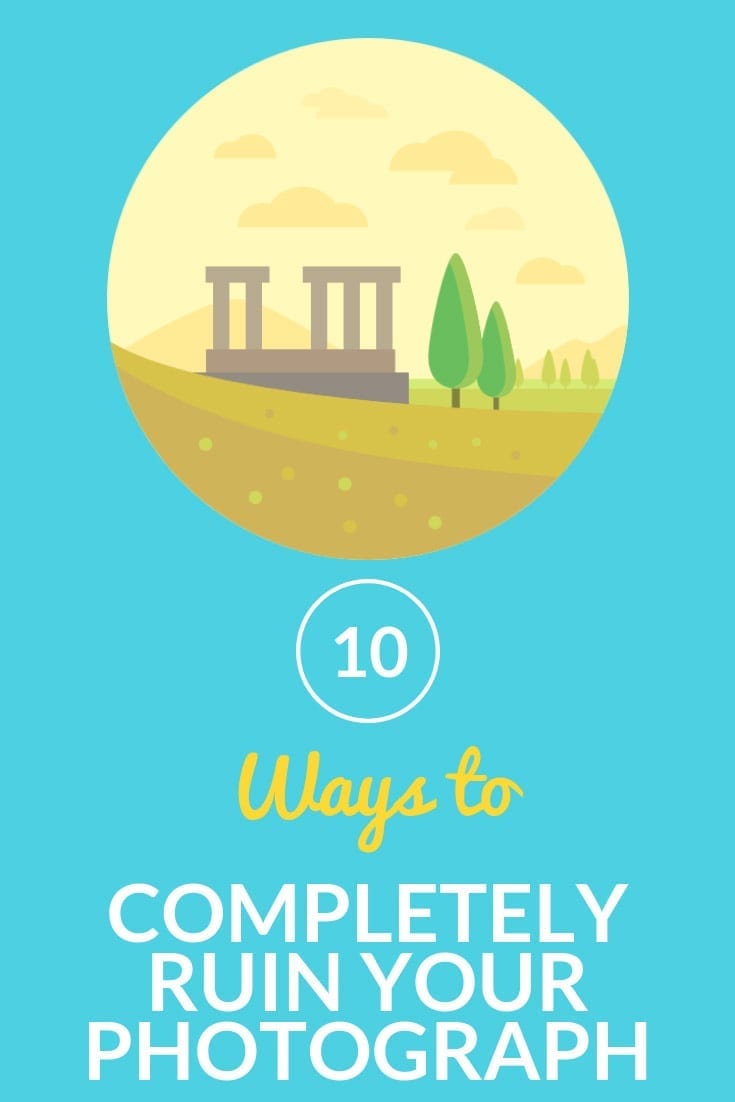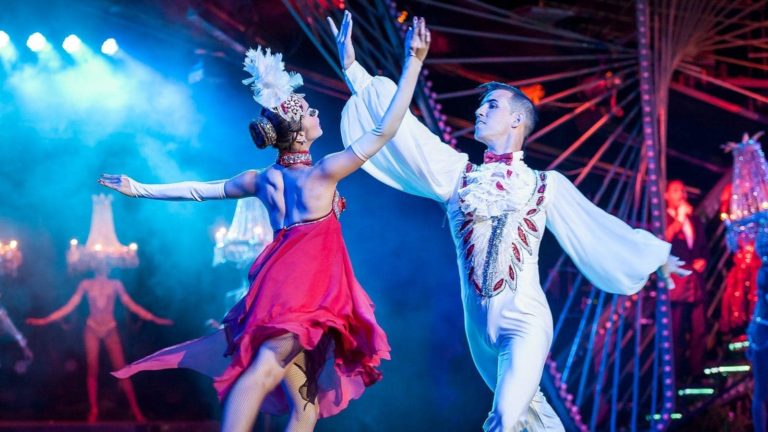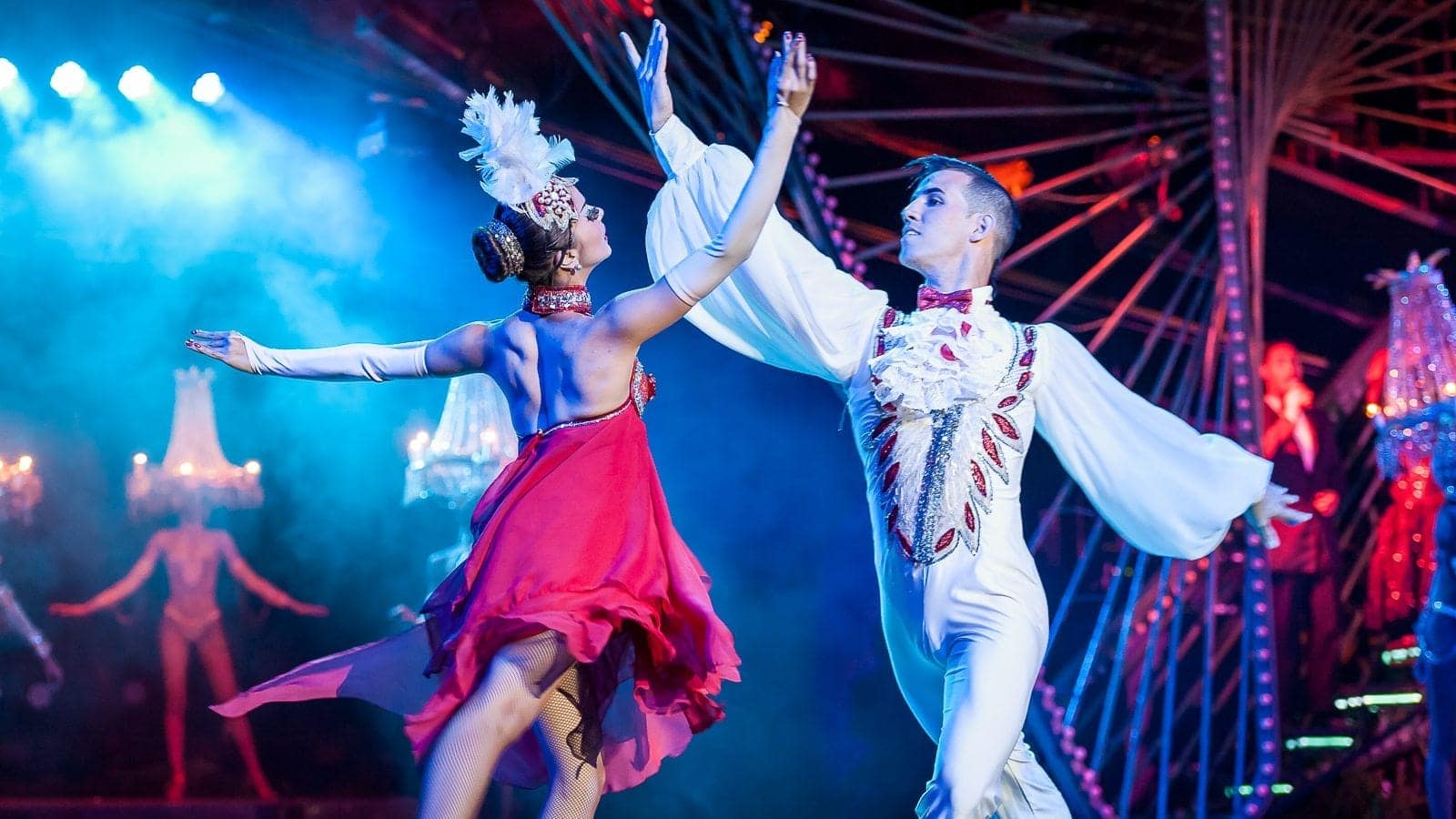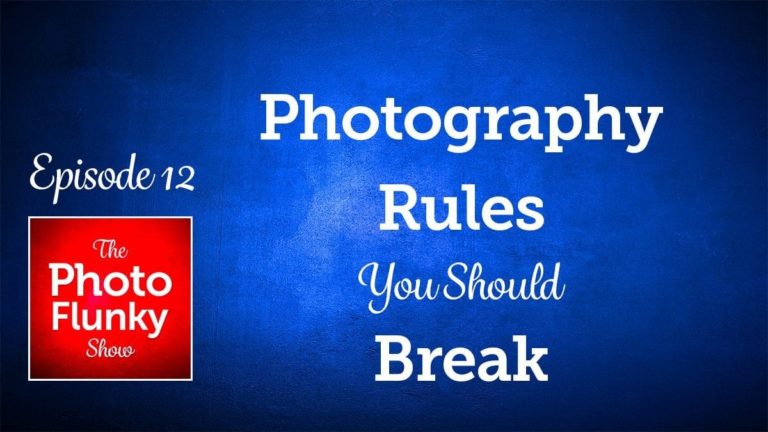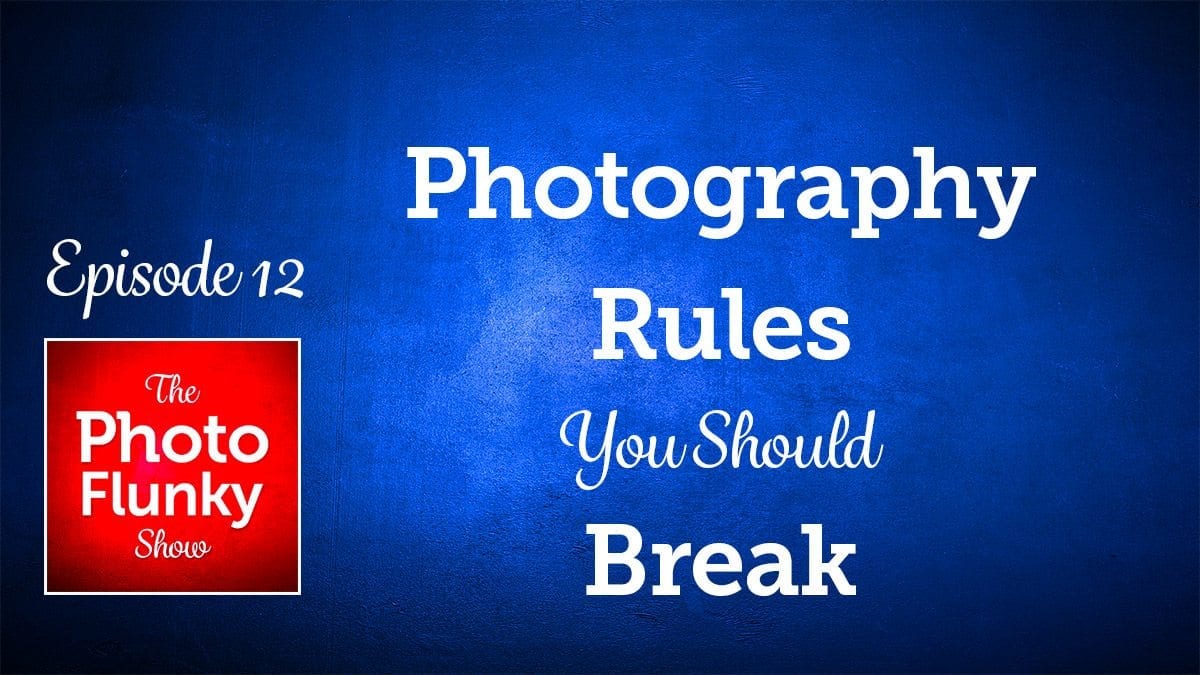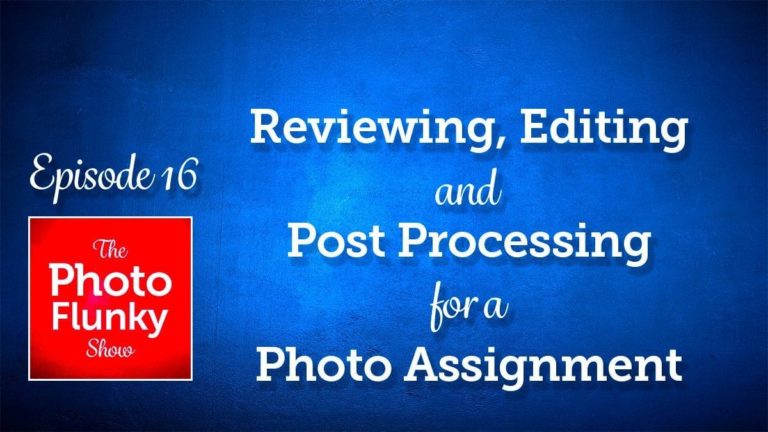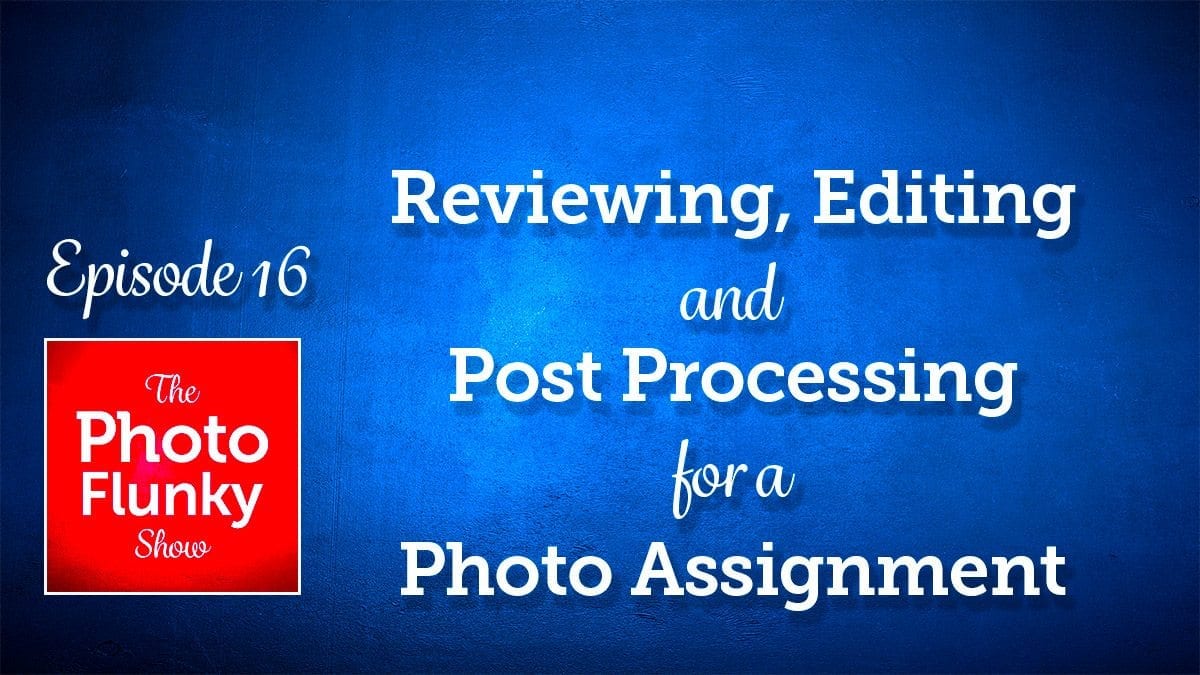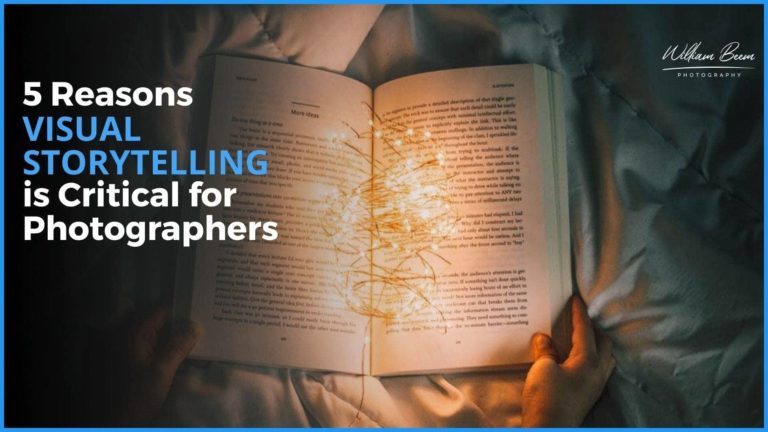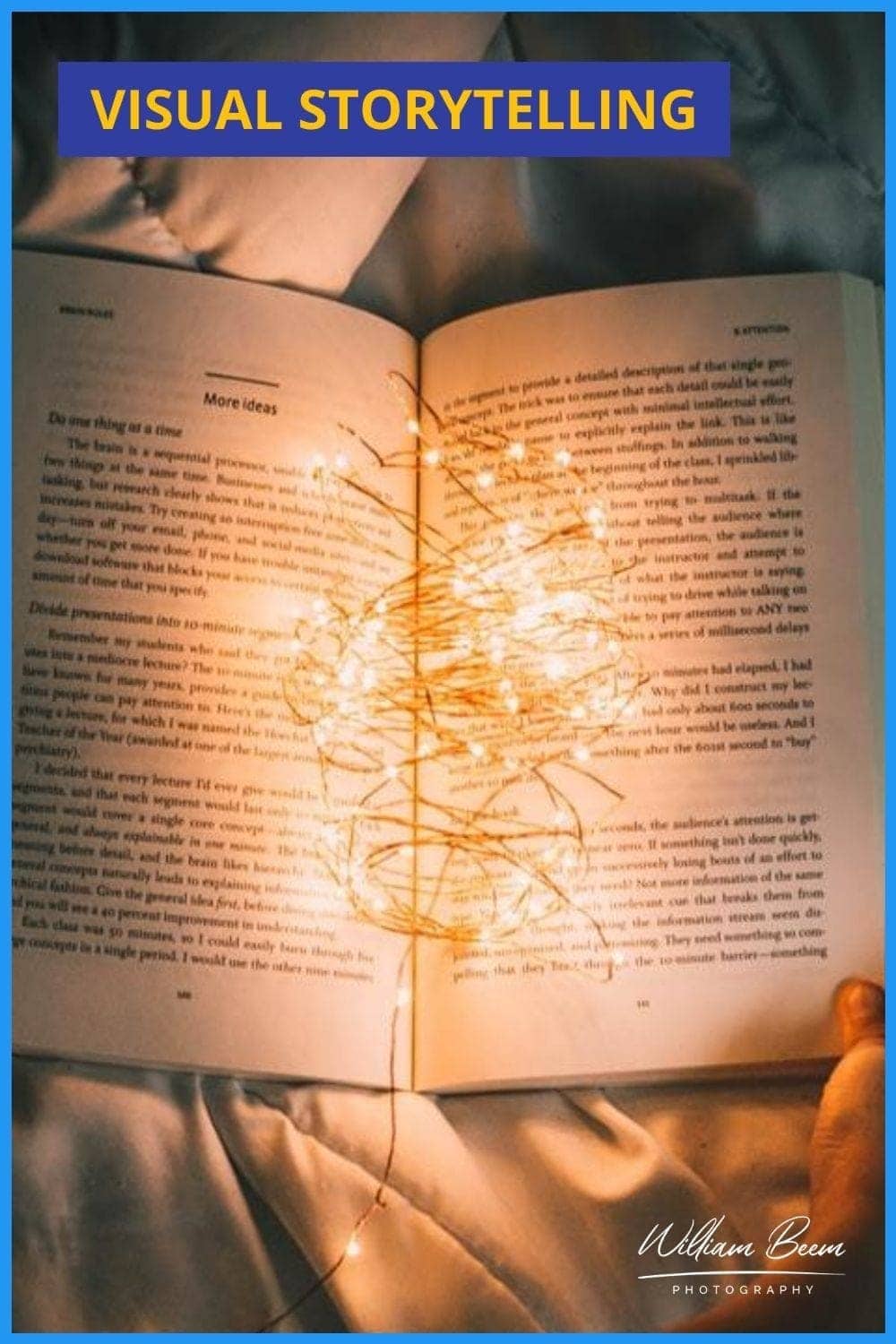Affiliate Disclosure: We earn a commission if you purchase through one of our links at no additional cost to you.
If you want to know how to be creative when you just don’t feel like it, I’ll tell you. It may seem hard. In fact, many people in different creative fields struggle with this issue. They’re tired, out of time or just feel burned out. I get it, because I’ve been in that position before.
Fortunately, it’s not that hard to be creative when you know who expects something from you and they tell you what they want. It’s easier to be creative if you’re prepared to be creative.
That’s why we’re going to share some examples of things that make you feel like you don’t want to be creative, avoid them, and still be prepared in case the stress and burnout just douses your creative spark.
Who Wants Your Creativity?
We have this ideal vision of a person who is creative for the sake of being creative. That’s nice, and sometimes we all fit into that vision.
However, those people don’t feel pressure to be creative if the spirit doesn’t move them. The problem of being creative when you don’t feel like being creative is for those who serve someone else.
You have an audience and it’s time to deliver something.
Maybe it’s a new photograph. It could be anything from a YouTube video, a podcast, blog post or a design for your next portrait session. Whatever it is, your audience expects you to deliver and you’re feeling the pressure.
That’s not really a bad thing. If you have an audience, then you have an opportunity to interact with your audience. Sometimes that happens without direct communication.
I Didn’t Shape My Own Blog
This blog didn’t start because I wanted to teach photography or discuss the issues that came up about photography. If I intended it to be about photography, chances are good I wouldn’t have named the domain after myself.
The reason I started this blog is because I missed writing. That’s why I do to spend a little time alone and unwind. I like to write. I mentioned this to a personal trainer I had at the time. I mentioned that I missed writing and she asked me what was stopping me.
That seemed pretty obvious and yet I’d overlooked it.
Sometimes the clarity you need comes from someone who isn’t stuck in the same weeds that seem to hold you down. Without much forethought, I registered the domain, setup WordPress, and looked for something to write about.
Since photography is one of my interests, I started writing about my journey with photography. Yet that was never intended to be the sole purpose of this site.
A few things changed along the way. I stopped writing about what I was doing in photography and started writing about how I’m approaching photography. My audience grew.
Having run a few blogs, I decided to start writing about how to start a blog.
That went over with a resounding thud.
The audience here just wasn’t interested – with a few exceptions – about my articles on blogging. Google also didn’t reward me for straying off-topic. It seems that sites that stick with a niche topic do better than a catch-all site. That’s both in terms of search results and audience interest.
Without having a direct conversation with my audience, their attention and clicks guided me toward the topics that work and away from those that don’t.
If you want to be creative, find out what resonates with your audience. Avoid the things they don’t like. Once you know those boundaries, it’s easier to make a decision about something creative that serves your audience.
Stress and Burnout Are the Enemies of Creativity
This one is pretty obvious. If your mind, body and soul aren’t fresh, you don’t want to do anything. Creativity sucks up some brain cells. You need the spark of an idea to get started. When you feel burnout, coming up with that idea seems like climbing a mountain.
I’d love to tell you to avoid burnout and stress, but that’s easier said than done.
What I’ll tell you instead is to watch for the signs of burnout and stress. Recognize them early and work to head them off before things take root.
This is a place where one size doesn’t fit all. That’s because our creativity comes from different places.
The Organized Mind
I’m one of those people who wants to have everything in its place. When it’s time to use a tool, I want to know exactly where to go and find it so I can do what I want. There are only two problems with that process:
1: I don’t really have sufficient space for all my stuff.
2: My wife keeps moving things without telling me.
So as we mentioned on the podcast, I can be an angry photographer. Not while I’m taking photos. I get angry trying to get things setup because (it seems at the moment) nothing is where it’s supposed to be.
That means I can’t do what I want until I solve the problem of finding the thing I need. If that thing has a problem, then I have to chase down another solution. If I am ill-prepared, it really affects my creativity.
When it’s time for a new photo session, I want to have the final result already formed in my mind. Then I set about gathering the things I need to make that photo session happen. That’s the way I like to work.
Of course, sometimes finding things for the photo can be a challenge. I know a model who wants an image with an owl in it. Where do I go to find a cooperative owl for a photo session? Every once in a while, I hear an owl outside my bedroom window when I’m sleeping. He’s an uncooperative owl, so I’m still searching.
It’s not like you can go rent an owl by looking in the Yellow Pages or searching on Google.
The Free Flowing Mind
I live in a house with two very talented and artistically minded women – my wife and daughter. They’re the kind of folks who have no clue what they want to create. Instead, they go to a craft or art store and look for something that catches their eye.
It could be anything. Once they find the first thing they like, then they start building upon it with other elements that could work with it. Before you know it (e.g., hours later), they have everything they need and buy the stuff for their project.
I just cannot relate. Remember, I know what I want before I look for it. My process is that I find out who has what I want, go to the store to buy it, and go home to do my photo.
It kills me to spend hours wandering in a store waiting for an idea to appear. but that’s what works for Lee and Tové.
Ultimately, you need to know what kind of mind you have and what works for your creativity. Once you do that, you’re less likely to suffer from burnout and stress because you know how to deal with it when it’s time to be creative.
Learn How to Be Creative Any Time by Being Prepared
Apparently both approaches to creativity benefit from some preparation, though. As I was researching this article, I decided to ask my daughter Tové how she’s able to be creative when she doesn’t feel like it. We had some ideas in common and she also shared something with me I never considered.
Keep a List of Ideas
We both have lists of things that we want to do. You never know when a creative idea could hit you, so keep a list. I keep some of my ideas in Evernote. My blog article ideas go in an Editorial Calendar so I can plan these posts in advance.
Basically, don’t wait until the last minute to have an idea. Gather your ideas while your mind is fresh. Write them down and use them when you feel stuck, yet you still have to deliver.
Practice Art Studies
Tové told me about this, as she’s an art student. Her teacher provides the class with opportunities to practice specific things so she’s sharp when it comes time to use a technique or skill in a larger piece.
For example, one of her art studies was about drawing fabric. The teacher gathered some aprons and hung them up. The students had to draw them. That meant they had to look at how the fabric folds, how light and shadow plays on the fabric, and how to draw multiple things with the right dimension.
She’s working on a piece with a couple arm in arm and I noticed how realistic the coat being worn by the man in her piece appeared. It had natural looking folds and creases, the light and shadows looked like the real thing. Her art studies helped prepare her for this work.
As photographers, we can do the same thing with lighting, lens selection, exposure and other details. Practice the details of your photography so you’re ready to use them – or get an idea from them – when you need it.
Know Which Emotions to Trigger
I’ve often said that every photo should trigger an emotion. If you know your audience and have an idea what they want to feel, then that helps you create something your audience wants to see.
Is it something exciting, adventurous, romantic, odd or just plain scary?
Emotions may be grand or subtle. Find the right emotion and it will lead you into the photograph you’re supposed to create.
Hold Some Work in Reserve
Everyone in my family seems to do this, though I thought it was just me.
As photographers, we create a lot of work that others never see. When I take portraits, there are a lot of photos. Yet I don’t show all of them. I use the ones that we like best and are also best suited for our purpose.
Some of the other photos just plain suck.
However, not all of the photos are bad. Some are really nice, but they didn’t fit quite what I needed for the subject. That means I may be able to use them for a different purpose.
When I compose a portrait, I often take different compositions. Some are landscape or portrait. Some have negative space and others fill the frame.
Perhaps I can use some for Instagram or Pinterest, where others make more sense for a blog post title in the negative space. The subject often likes the one where I fill the frame.
If I have a client that wants to sell a product, they want something different than the model that’s in the shot.
I also keep some that could be useful in a tutorial or blog article. You never know when an old photo or other creative work fill be useful.
Ask Your Audience for Ideas
This brings things right back around to where we started. You serve your audience. Why not ask them directly what they want?
I do that for people who subscribe to my email digest. Everyone gets an email asking if they would like to participate in a subscriber survey.
Most of the subscribers don’t fill out the survey. I certainly don’t fill out every survey that someone emails me, either.
However, that gives a lot more weight to the people who do fill out the survey. They tell me what sort of things they need or what they want to know.
You don’t necessarily need a blog with a survey form to interact. Ask questions in photography forums, or search for questions already asked. Facebook groups and YouTube pages have a place for you to search.
Look for words like “question” or “frustrated” in your searches. Another one to find is “how do I” or “How do you” type of questions. The answers are out there.
You May Find the Answers Here
Some of the things I discussed here are in a free guide that I wrote called Visual Stories. It shows you have to understand your audience and the emotions they want to feel, along with some other topics to create your best work.
I wrote this for you. Click here to get your free copy of Visual Stories.
Subscribe to I Like Your Picture
Thank you for listening to I Like Your Picture. Make sure you get every episode by subscribing. You can find more subscription options on the player above. Just clicks the three dots inside the circle on the right side of the player and look in the Subscribe option.

